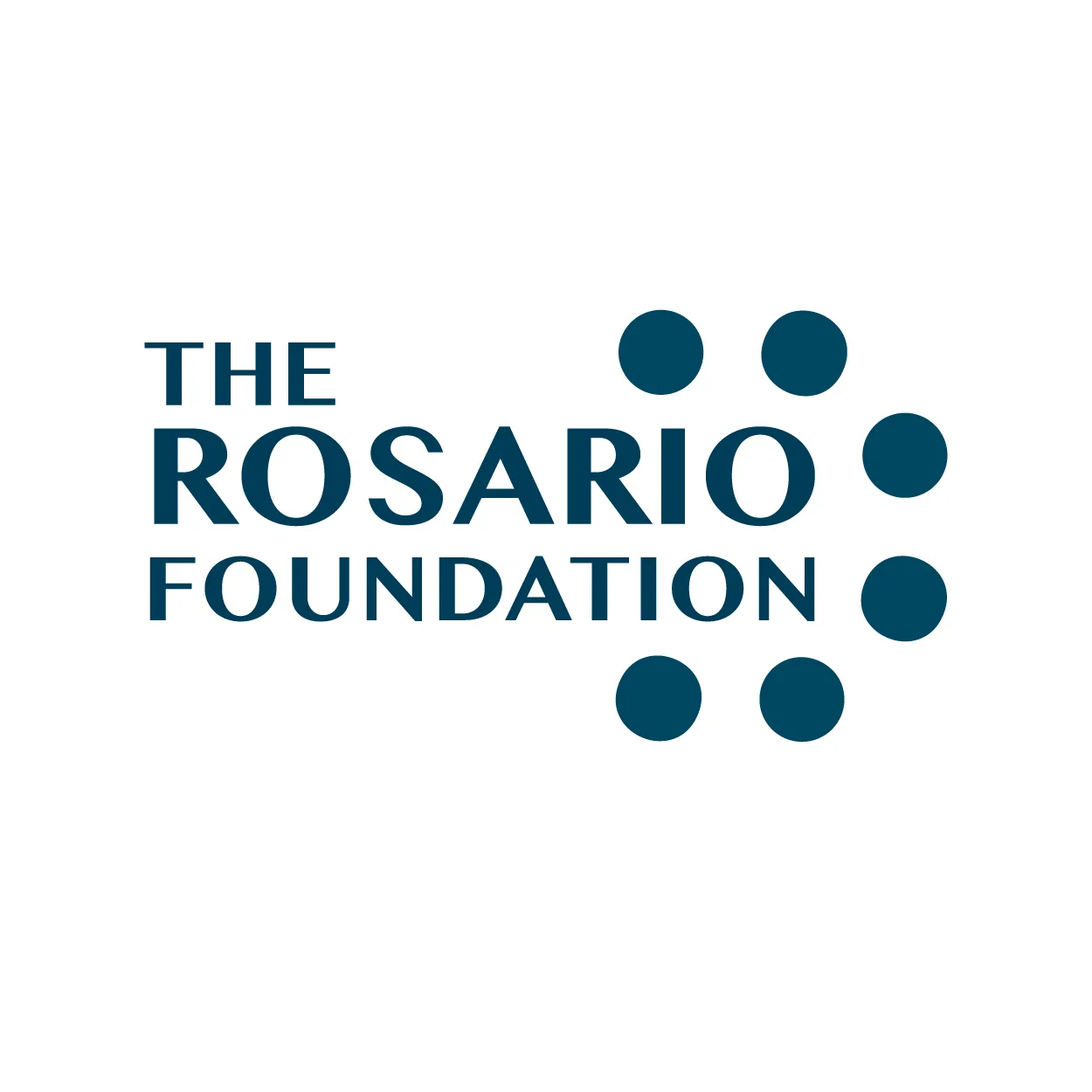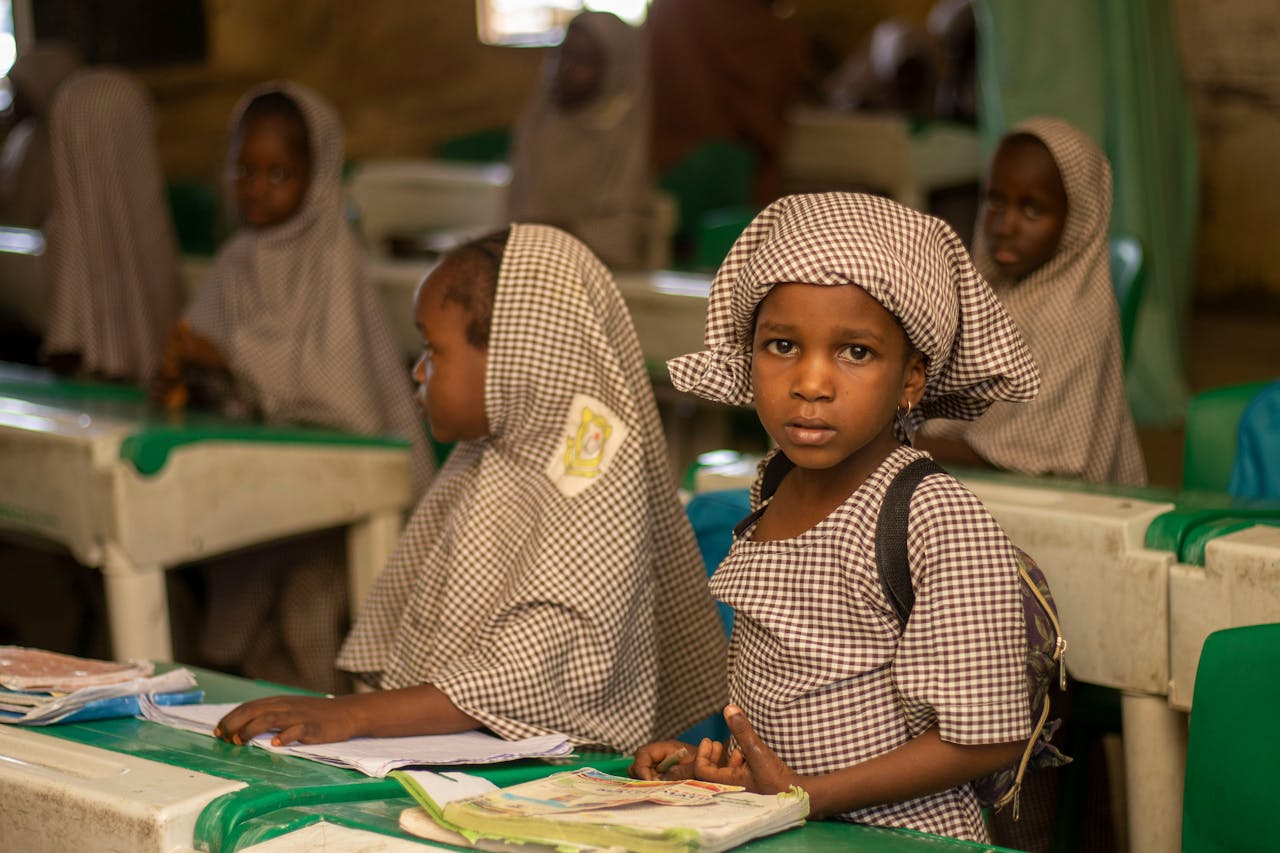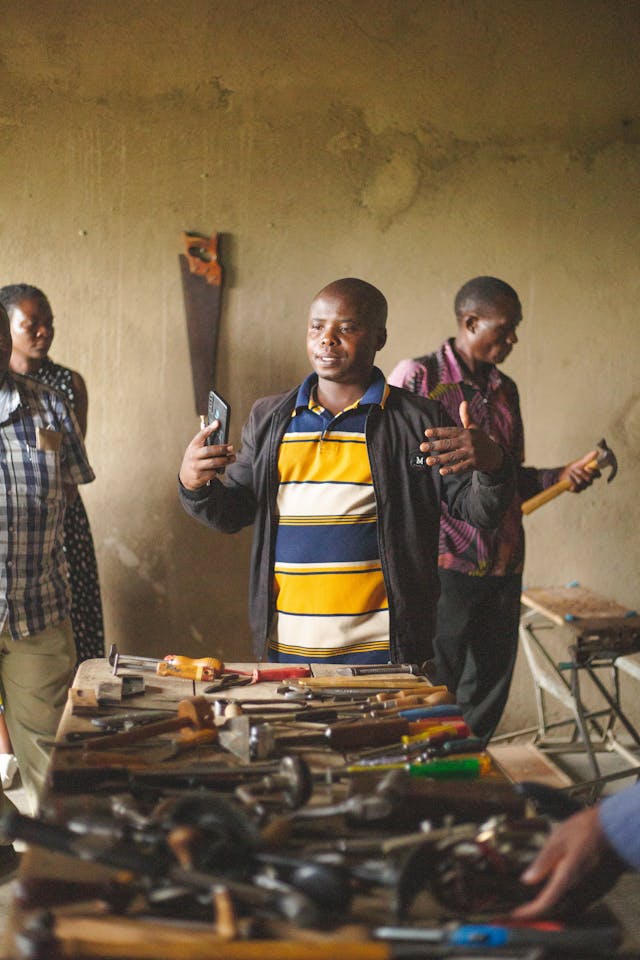Executive Summary
This concept note proposes an innovative digital infrastructure model to bridge the educational and informational divide in rural Mozambique through solar-powered digital libraries and tele-education systems. The initiative combines reliable renewable energy, satellite internet connectivity, and locally-relevant content delivery to reach the most marginalized rural populations. By establishing community digital hubs with large-screen displays for public content delivery and extending internet access through village WiFi networks, this approach creates sustainable pathways for education, capacity building, and economic empowerment while ensuring rural communities are not left behind in the digital transformation.
Context and Problem Statement
Current Digital Divide in Mozambique
Mozambique faces one of the most severe digital divides globally, with significant disparities between urban and rural areas. Current statistics reveal the magnitude of the challenge:
- Only 32% of Mozambicans have internet access, with just 21% of rural households utilizing mobile networks for internet connectivity
- Rural electrification remains critically low at approximately 8.9% of the rural population
- 66% of rural households reported having no access to electricity, compared to 32% of urban households
- The urban-rural internet usage gap stands at 85%, one of the largest in Africa
- Over 62% of Mozambique’s population lives in rural areas, where subsistence farming predominates
Educational and Information Access Challenges
Rural communities in Mozambique face multiple barriers to accessing quality education and information:
- Infrastructure Deficits
Limited electricity, poor telecommunications infrastructure, and geographic isolation
- Educational Resource Scarcity
Shortage of qualified teachers, inadequate learning materials, and limited access to current information
- Economic Barriers
High costs of devices, internet services, and educational materials relative to income levels
- Digital Literacy Gap
Limited exposure to technology and lack of skills to effectively utilize digital resources
- Language and Content Relevance
Lack of locally appropriate content in native languages
Proposed Solution: Integrated Digital Library and Tele-Education System
Core Components
1. Solar-Powered Infrastructure
- Solar panels with battery storage systems to ensure reliable 24/7 power supply
- Robust energy management systems designed for the challenging rural environment
- Modular and expandable design to accommodate growing energy needs
2. Satellite Internet Connectivity
- High-speed satellite internet using services like Starlink or regional providers
- Local area network (LAN) capabilities to maximize bandwidth efficiency
- Backup connectivity options to ensure service continuity
3. Digital Content Hub
- Large-screen display systems (55-75 inch displays) for community viewing
- Dedicated computing hardware capable of content management and delivery
- Audio systems for multilingual content delivery
- Interactive capabilities for educational engagement
4. Content Management and Delivery System
- Locally-produced educational content in Portuguese and local languages
- Real-time information services including weather, agricultural pricing, and health alerts
- Scheduled programming for different target groups (children, adults, women, farmers)
- Interactive learning modules for literacy, numeracy, and life skills
5. Community WiFi Network
- Village-wide wireless internet access extending from the central hub
- Tiered access system balancing free basic services with premium options
- Device compatibility supporting smartphones, tablets, and computers
6. Digital Literacy Training Center
- Computer training facilities with multiple workstations
- Structured learning programs for different age groups and skill levels
- Practical skills training including e-commerce, online banking, and digital communication
- Community trainer certification programs for sustainability
Target Services and Programming
Educational Content
- Basic literacy and numeracy programs for children and adults
- Secondary education support aligned with national curriculum
- Vocational training modules in agriculture, crafts, and small business management
- Health education covering nutrition, hygiene, and disease prevention
- Gender equality programming addressing women’s rights and empowerment
Information Services
- Agricultural extension services providing farming best practices and market information
- Weather forecasting and climate information for agricultural planning
- Health and safety messaging including emergency alerts and public health campaigns
- Government services information and civic education
- Economic opportunity alerts including market prices and employment opportunities
Digital Skills Training
- Basic computer literacy covering hardware operation and software navigation
- Internet safety and digital citizenship education
- E-commerce skills for small business development
- Social media literacy for communication and marketing
- Financial literacy including mobile money and digital banking
Success Stories from Global South
1. Digital Doorway Project – South Africa
The Digital Doorway initiative, launched in 2002, provides computer literacy through public access terminals in rural and disadvantaged communities. With over 150 installations, the project demonstrates:
- Minimally invasive education approach allowing self-directed learning
- Community ownership and sustainable operation models
- Measurable impact on computer literacy, particularly among youth aged 9-15
- Scalability across diverse rural contexts
Key Lessons
- Simple, robust technology performs better than complex systems
- Community engagement and local ownership are critical for sustainability
- Young people can effectively teach themselves and others when given access
2. SolarSPELL Digital Libraries – Global Implementation
Arizona State University’s SolarSPELL program has deployed over 500 solar-powered digital libraries across 15 countries, reaching approximately 300,000 people. The program demonstrates:
- Offline capability providing internet-like experience without connectivity
- Local content curation ensuring cultural and linguistic relevance
- Train-the-trainer model building local capacity for sustainability
- Multi-sector impact in education, healthcare, and community development
Key Lessons
- Portability and ease of use are essential for adoption
- Local content development requires significant investment but yields high returns
- Training local champions is more sustainable than external technical support
3. eGranary Digital Library – “Internet in a Box”
The WiderNet Project’s eGranary system has installed over 1,600 units globally, providing offline access to 35 million educational resources. Implementation shows:
- Cost-effective content delivery reducing bandwidth dependence
- Institutional adoption in schools, hospitals, and universities
- Curriculum integration supporting formal education systems
- Local content addition capabilities for community-specific needs
Key Lessons
- Institutional partnerships are crucial for deployment and maintenance
- Content must be regularly updated to remain relevant
- Technical support networks are essential for long-term viability
4. Kenya’s Digital Villages Project
Kenya’s Digital Villages initiative, implemented through Pasha Centres, provides ICT access to rural populations with focus on marginalized groups:
- Government-led implementation ensuring policy alignment
- Gender-focused programming addressing women’s and girls’ specific needs
- Multi-service approach combining education, e-government, and business services
- Community feedback integration for continuous improvement
Key Lessons
- Government commitment and policy support are fundamental
- Addressing gender gaps requires targeted programming and safe spaces
- Local needs assessment is critical for service design
Feasibility Analysis
Technical Feasibility
Strengths
- Proven technology components with successful global implementations
- Declining costs of solar technology and satellite internet
- Robust hardware solutions designed for challenging environments
- Existing technical expertise and support networks
Challenges
- Equipment maintenance in remote locations
- Technical skill requirements for local operators
- Potential equipment theft or vandalism
- Dust, humidity, and weather protection needs
Mitigation Strategies
- Comprehensive training programs for local technicians
- Community ownership and security arrangements
- Ruggedized equipment selection and protective housing
- Remote monitoring and diagnostic capabilities
Alternative Approaches
1. Mobile-First Strategy
| Description | Focus on mobile phone-based information delivery through SMS, voice messages, and mobile apps. |
| Advantages | Lower infrastructure costs, existing mobile network coverage, familiar technology |
| Disadvantages | Limited content delivery capacity, requires individual device ownership, data costs |
| Assessment | Complementary approach rather than alternative; should be integrated into comprehensive strategy |
2. Traditional Media Enhancement
| Description | Improve existing radio and television programming with educational and informational content. |
| Advantages | Wider reach, established infrastructure, lower technical barriers |
| Disadvantages | One-way communication, limited interactivity, scheduling constraints |
| Assessment | Valuable for mass communication but insufficient for skills development and digital literacy |
3. School-Centered Model
| Description | Focus digital infrastructure investment on formal educational institutions rather than community centers. |
| Advantages | Structured learning environment, trained personnel, curriculum integration |
| Disadvantages | Limited community access, excludes out-of-school populations, institutional constraints |
| Assessment | Important component but should be combined with community-accessible infrastructure |
4. Public-Private Partnership Model
| Description | Collaborate with telecommunications companies to provide subsidized internet and devices. |
| Advantages | Leverages existing commercial infrastructure, potential for sustainability, market-driven efficiency |
| Disadvantages | Profit-driven priorities may not align with development goals, service quality variations |
| Assessment | Essential partnerships but require careful structuring to ensure rural access and affordability |
Sustainability Framework
Financial Sustainability
- Diversified revenue streams combining user fees, service commissions, and institutional contracts
- Community investment through local contributions and in-kind support
- Government budget allocation for education and rural development integration
- International donor support for expansion and capacity building
- Private sector partnerships for equipment supply and maintenance
Technical Sustainability
- Local technical capacity development through comprehensive training programs
- Regional support networks for maintenance and troubleshooting
- Standardized equipment selection to reduce complexity and costs
- Remote monitoring systems for proactive maintenance
- Equipment lifecycle planning with replacement reserves
Social Sustainability
- Community ownership models ensuring local control and decision-making
- Cultural adaptation of content and services to local contexts
- Inclusive participation addressing gender, age, and socioeconomic disparities
- Local content creation capabilities for community-specific needs
- Leadership development among youth and women
Environmental Sustainability
- Renewable energy systems with minimal environmental impact
- Equipment recycling programs for end-of-life management
- Local procurement strategies to reduce transportation emissions
- Environmental education components addressing climate change and conservation
Expected Outcomes and Impact
Short-term Outcomes (1-2 years)
- Improved digital literacy among 5,000+ rural residents
- Enhanced educational access for 2,000+ children and youth
- Better health and agricultural information reaching 10,000+ community members
- Increased internet connectivity in 25 rural communities
- Local capacity building with 100+ trained community facilitators
Medium-term Outcomes (3-5 years)
- Educational achievement improvements measured through standardized assessments
- Economic opportunity expansion through e-commerce and digital services
- Women’s empowerment through targeted digital skills and information access
- Agricultural productivity increased through improved extension services
- Government service delivery improvement through digital channels
Long-term Impact (5-10 years)
- Reduced rural-urban inequality in education and economic opportunities
- Strengthened local governance through improved civic engagement
- Community resilience enhancement through better information access and networks
- Next-generation preparation for digital economy participation
- Model replication in other Least Developed Countries
Recommendations
For Implementation Success
- Prioritise Community Engagement
Extensive consultation and co-design processes are essential for community acceptance and sustainability. Local ownership models should be established from the beginning.
- Invest in Content Development
High-quality, locally relevant content in appropriate languages is crucial for program effectiveness. Allocate significant resources to content creation and regular updates.
- Build Local Capacity
Comprehensive training programs for community members to operate, maintain, and expand services. Focus on creating local technical and content expertise.
- Ensure Financial Sustainability
Develop diversified funding strategies combining public investment, donor support, user contributions, and revenue-generating activities.
- Plan for Scale
Design systems and processes that can be replicated across multiple communities while maintaining quality and local relevance.
- Monitor and Evaluate
Establish robust monitoring and evaluation systems to track progress, identify challenges, and adapt strategies based on evidence.
Policy Recommendations
- National Digital Strategy Integration
Align the initiative with Mozambique’s national digitalization goals and rural development strategies.
- Regulatory Framework Development
Create supportive policies for community-based internet provision and digital content creation.
- Public Investment
Allocate government resources for rural digital infrastructure as a public good essential for development.
- Partnership Facilitation
Enable partnerships between government, civil society, and private sector for sustainable implementation.
- Skills Development Prioritisation
Integrate digital literacy into national education and adult learning strategies.
The proposed digital libraries and tele-education system represents a comprehensive approach to addressing the digital divide in rural Mozambique. By combining reliable renewable energy, satellite connectivity, and locally relevant content delivery, this initiative can create sustainable pathways for education, information access, and economic empowerment in the most marginalized communities.
Success stories from similar initiatives across the Global South demonstrate both the potential impact and the critical success factors. The South African Digital Doorway project shows how community-based technology access can promote self-directed learning. SolarSPELL’s global implementation proves the viability of solar-powered offline digital libraries. The eGranary system demonstrates sustainable institutional partnerships for content delivery. Kenya’s Digital Villages project highlights the importance of government support and gender-inclusive programming.
For Mozambique, this approach offers several advantages: it addresses multiple development challenges simultaneously (education, information access, digital skills, economic opportunities); it builds on proven technologies and implementation models; it creates sustainable local capacity while connecting to global knowledge networks; and it specifically targets the most vulnerable populations in rural areas.
The feasibility analysis indicates that while significant challenges exist—particularly regarding initial investment, technical maintenance, and community acceptance—these can be addressed through careful planning, community engagement, and phased implementation. The combination of declining technology costs, proven implementation models, and strong development need creates favorable conditions for success.
Key recommendations for successful implementation include prioritizing community engagement and ownership, investing significantly in locally relevant content development, building comprehensive local technical capacity, ensuring diversified and sustainable financing, and establishing robust monitoring and evaluation systems.
This initiative aligns with The Rosario Foundation’s mission to support the most vulnerable populations through evidence-based interventions that promote self-sustainable approaches and community empowerment. By providing rural communities with access to information, education, and digital skills, the program creates opportunities for economic advancement while building resilience against future challenges.
The potential for replication across other Least Developed Countries makes this not only a solution for Mozambique but a model for addressing digital inequality globally. With proper implementation, this initiative can contribute significantly to reducing inequality and building a more equitable and digitally inclusive society in Mozambique.
The Rosario Foundation
future@TheRosarioFoundation.org






Leave a Reply